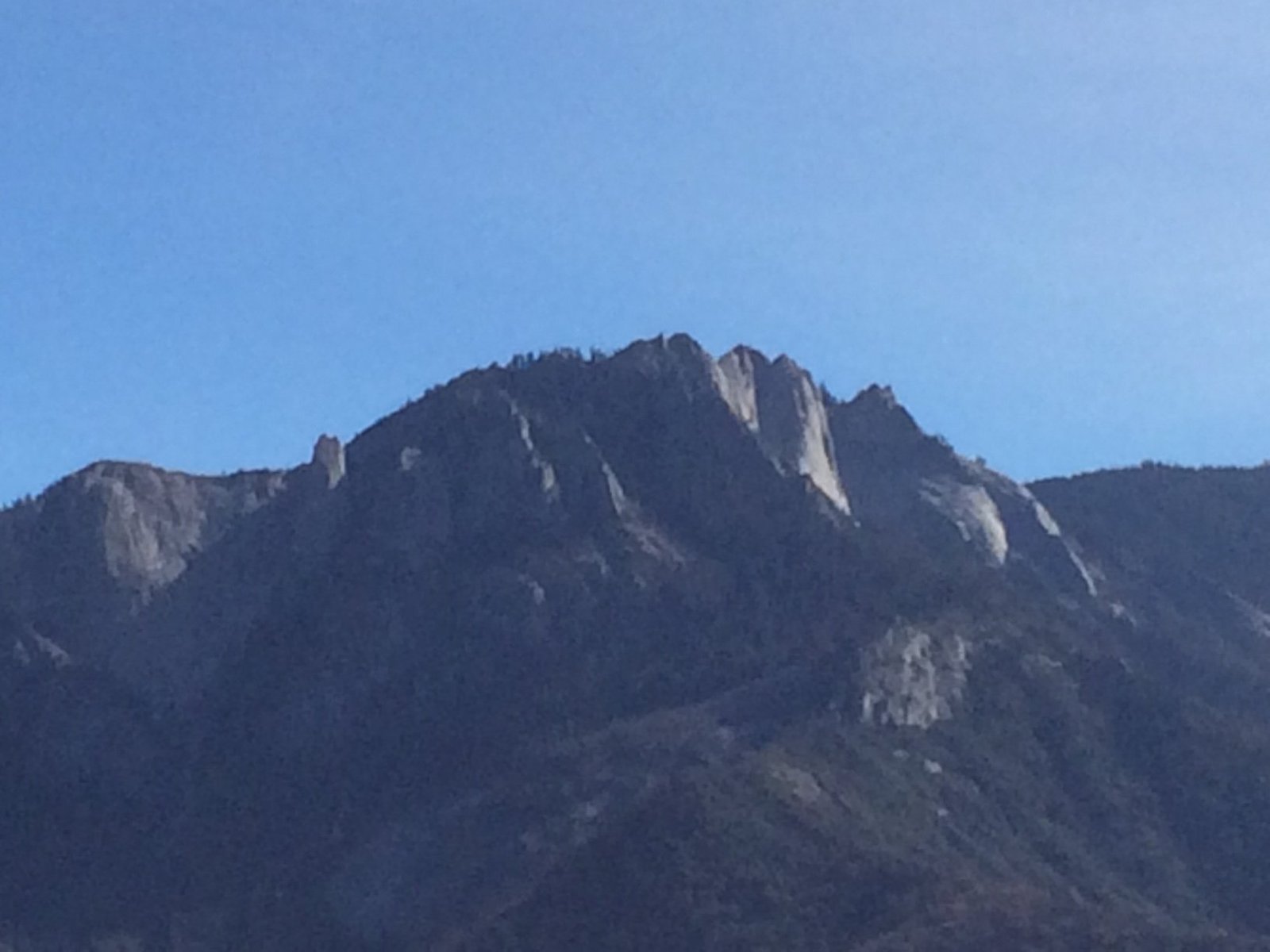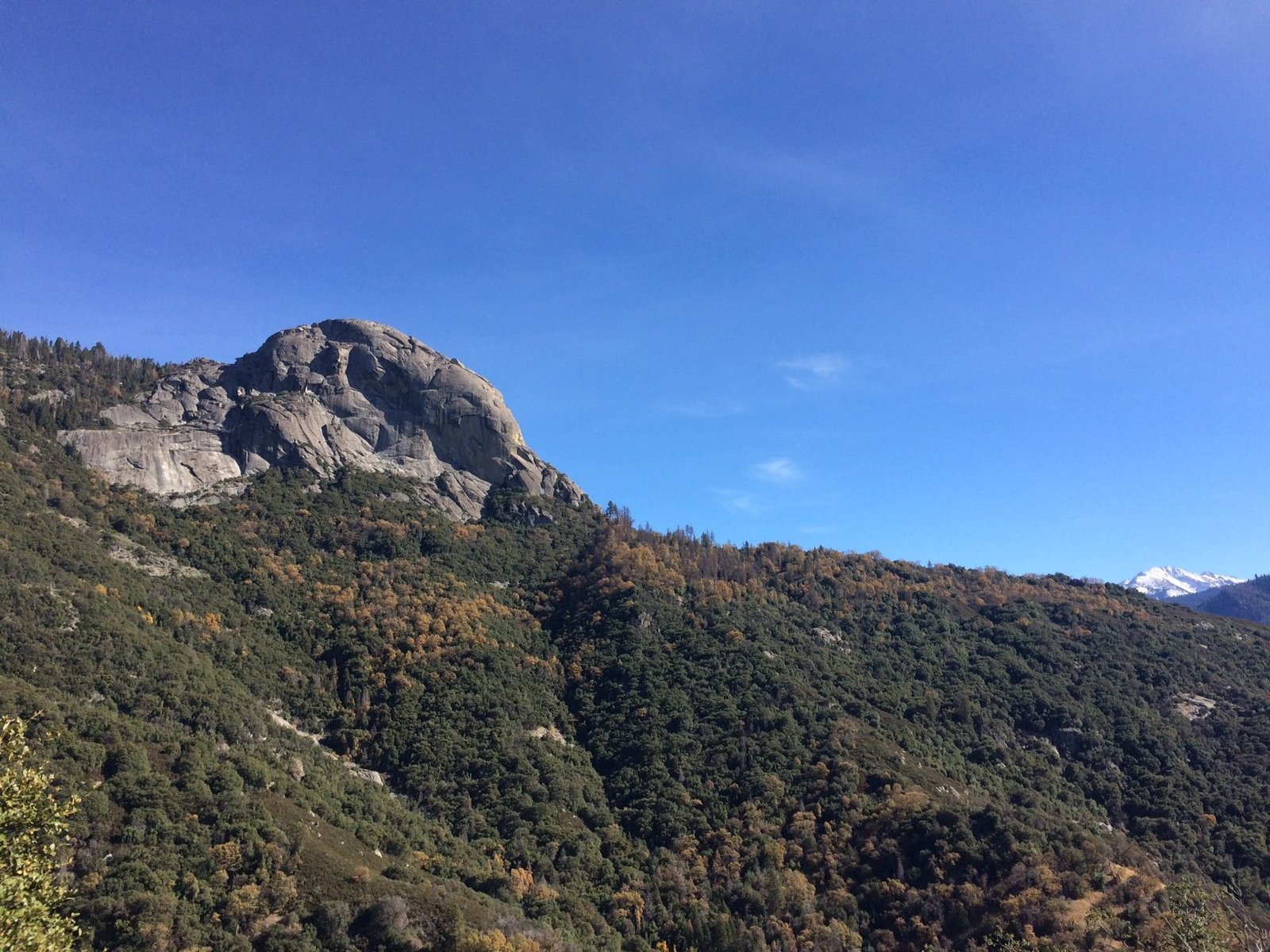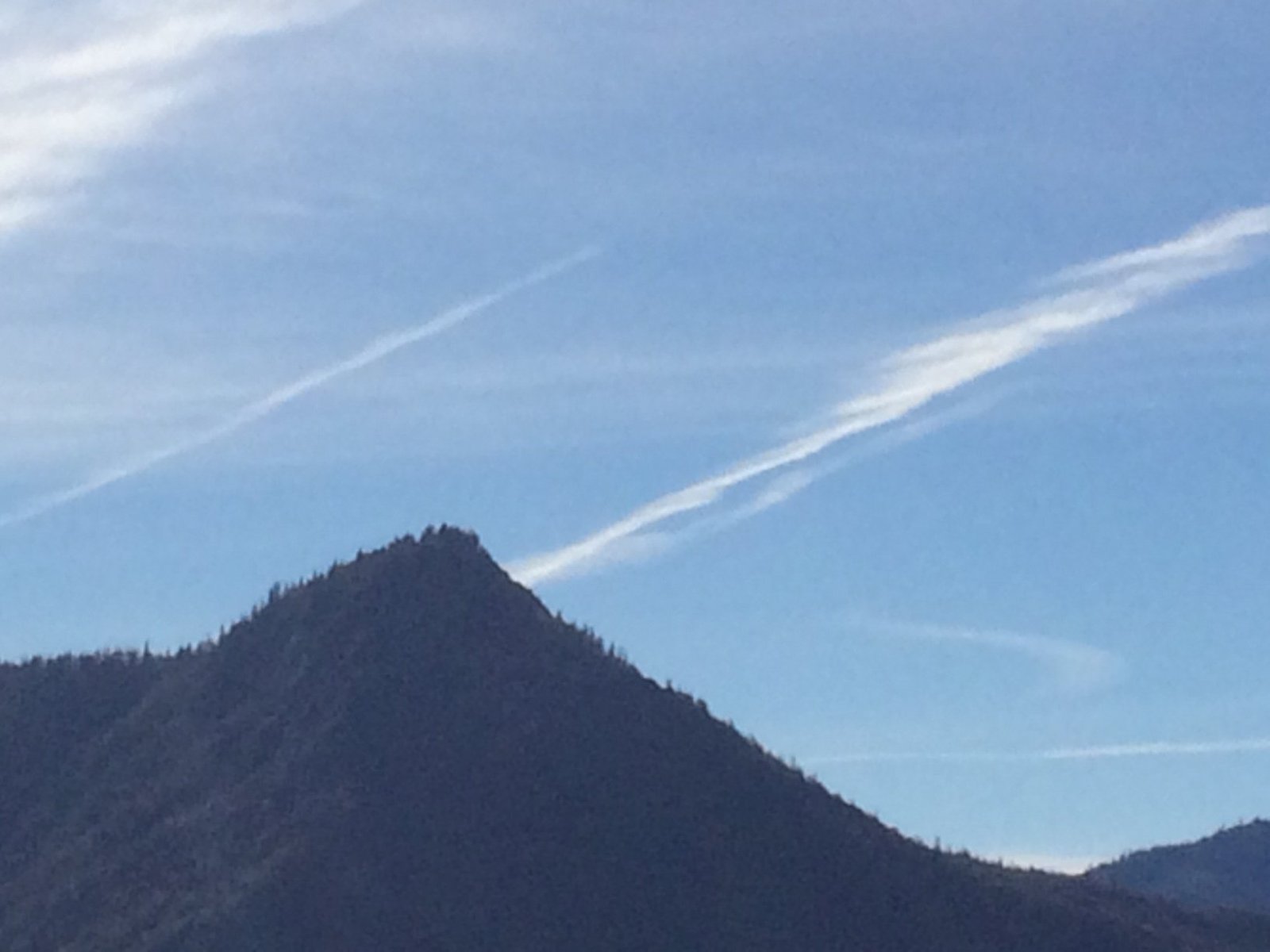The Lion Fire in Sequoia National Park, occurring in 2011, burned 20,674 acres of mixed conifer timber and brush fuels. This significant wildfire affected parts of the Golden Trout Wilderness and Sequoia National Park, showcasing varying fire severity levels. The fire’s interaction with recent fire perimeters and natural barriers played a crucial role in its spread and impact on the ecosystem. Understanding this event provides insights into wildfire management and ecosystem resilience in one of America’s most iconic national parks.
What Was the Extent of the Lion Fire in Sequoia National Park?

The Lion Fire of 2011 left a substantial footprint on Sequoia National Park and surrounding areas:
- Total Area Burned: 20,674 acres
- Location: Sequoia National Forest, including parts of Golden Trout Wilderness and Sequoia National Park
- Fuel Types: Mixed conifer timber and brush
The fire’s severity varied across the affected area:
- Areas near recent fire perimeters experienced reduced tree torching
- Deeper sections of recent fire perimeters showed lower fire severity
- Natural barriers like meadows, riparian corridors, and rocky ridges helped control fire spread
How Did the Lion Fire Impact Wildlife and Vegetation?

The Lion Fire’s effects on the park’s ecosystem were significant:
Vegetation Impact
- Burned mixed conifer timber and brush fuels
- Areas without recent fire history showed less litter cover post-fire
- Varying fire severity influenced vegetation recovery patterns
Wildlife Impact
While specific quantitative data on wildlife impact is limited, the fire likely affected:
– Habitat availability
– Food sources
– Migration patterns
The fire’s interaction with natural barriers and recent burn areas may have mitigated some impacts on wildlife habitats.
What Restoration Efforts Followed the Lion Fire?
Post-fire restoration efforts typically include:
- Burned Area Emergency Response (BAER)
- Immediate hazard assessment
- Public safety protection measures
-
Planning for long-term restoration
-
Ecosystem Recovery Monitoring
- Tracking vegetation regrowth
-
Assessing wildlife return to affected areas
-
Soil Stabilization
- Preventing erosion in severely burned areas
- Protecting watersheds from post-fire runoff
While specific details for the Lion Fire restoration are not available, these standard practices likely guided recovery efforts.
What Should Visitors Know About Accessing Fire-Affected Areas?
Visitors to Sequoia National Park should be aware of the following:
| Consideration | Details |
|---|---|
| Trail Access | Some trails may be closed or restricted due to fire damage |
| Parking | Availability may be limited in certain areas |
| Safety | Be cautious of potential hazards in burned areas |
| Information | Check the park’s official website for up-to-date closures and advisories |
Educational Opportunities
- Guided tours focusing on fire ecology and recovery
- Interpretive programs about wildfire management in national parks
How Has the Lion Fire Influenced Fire Management Strategies?
The Lion Fire provided valuable insights for fire management:
- Fire Interaction Studies: Understanding how fires interact with previously burned areas
- Natural Barrier Utilization: Leveraging meadows, riparian corridors, and rocky ridges in fire control
- Ecosystem Resilience: Observing how different areas recover based on fire severity and history
These lessons continue to inform fire management practices in Sequoia National Park and similar ecosystems.
What Long-Term Effects Has the Lion Fire Had on Sequoia National Park?
Long-term impacts of the Lion Fire include:
- Vegetation Composition Changes: Shifts in plant species dominance in burned areas
- Wildlife Habitat Alteration: Creation of new habitats and modification of existing ones
- Fire Regime Influence: Potential changes in future fire behavior and frequency
- Research Opportunities: Ongoing studies on post-fire ecosystem recovery and adaptation
Understanding these long-term effects helps park managers and scientists in developing sustainable conservation strategies.
The Lion Fire in Sequoia National Park serves as a crucial case study in wildfire behavior, ecosystem resilience, and park management. Its impacts continue to shape our understanding of fire ecology in this iconic landscape, influencing both conservation practices and visitor experiences in the years following the event.
References:
1. Wildfire Interactions of the 2011 Lion Fire and … – USDA Forest Service
2. KNP Complex Fire – Sequoia & Kings Canyon National Parks (U.S. National Park Service)
3. Lion Fire, California – NASA Earth Observatory

